Award design OCW – Emancipation awards 2021
After two successful editions in 2017, and 2019, the Ministry of Education Culture and Science (OCW) has given again the assignment to fourth-year students of
Nine students have been working on their proposal over the past months, reflecting on the concept of emancipation and discovering the position they take as designers within this theme.
Kunstwerken voor de prijzen
Jesse Greulich about the design of the artwork for the Joke Smitprijs 2021
Chiel Lubbers about the design 'A rippled messenger' for the artwork Jos Brink Oeuvreprijs 2021
Importance of the emancipation awards
The Jos Brink and Joke Smit are incentive prizes that are awarded to people or collectives who actively promote emancipation within Dutch society.
The prizes underline the importance of activism and also show the impact of social involvement on our social climate. The incentive awards highlight the different themes that shape our social climate, such as: identity, gender and sexuality, but also broader issues such as social power systems and privilege.
'The design competition for the emancipation awards offers graduate students an unforgettable experience and a wonderful opportunity to link practical experience with independent viewpoints'.
Education & design process
During the semester, all students involved in the assignment, worked on their own design for the artwork accompanying the Jos Brink or Joke Smit prizes.
Besides immersing themselves in the theme of emancipation, the students were also challenged to think about the position they occupy as designers in this society. How do they reflect on the concept of emancipation and what do the values that both the Jos Brink and Joke Smit Prize stand for, mean to them? During the lessons, the history of emancipation wa discussed and critically questioned; why do we live in a society where minorities exist, and emancipation is so topical? This emphasizes once again what the role of the designer can be in current society.
Under the guidance of lecturers Carly Rose Bedford and Gabriel A. Maher, the students dissected contemporary social structures and delved into the themes of the emancipation awards: identity, gender, sexuality, but certainly also privileges, equal opportunities and (skewed) power relations. By means of various design techniques, these themes were examined within the framework of emancipation.
I too am in need of space, space “to soar into the heights”, to be “lighter than air" just like I needed it when I was coming-of-age and I felt “[heavy with] with burden”.
* The Unbearable Lightness of Being, Milan Kundera.
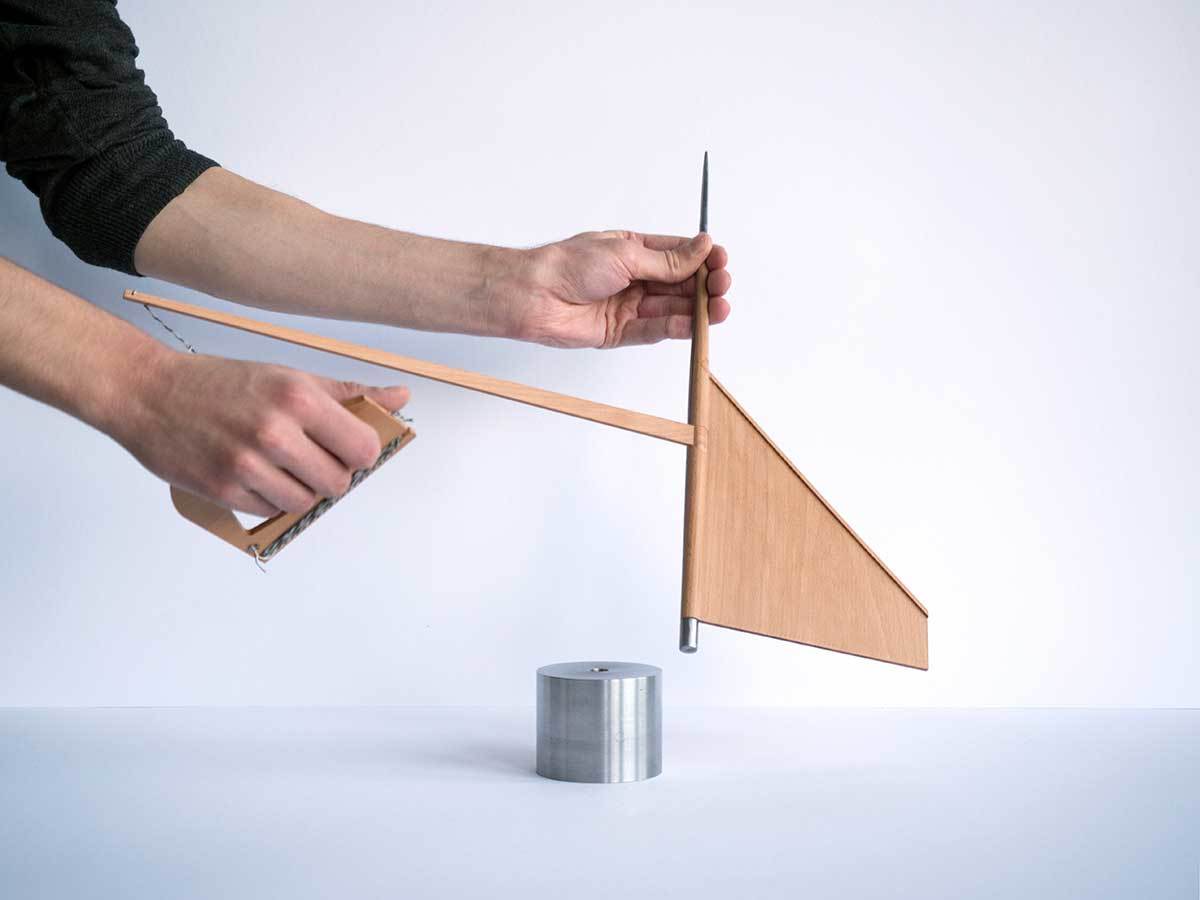
I have envisioned the award, as a Space-Plane, an object that creates a circumference for LGBTQIA+ people. A one-winged plane, it can only fly from the hand of the beholder.
It has been precisely milled in wood, light but resilient, sitting an iron base, providing heaviness and earthliness, from where it can be handed on to someone else.
Award-receiver, when the Space-Place is put in your hand, and swung, it will elevate into the air, because the pressure under the wing is higher than the pressure over it, and create a circular space around you, much in the way that you have created space for the LGBTQIA+ community through your efforts and your dedication.
Thank you for creating space for me and for our community.
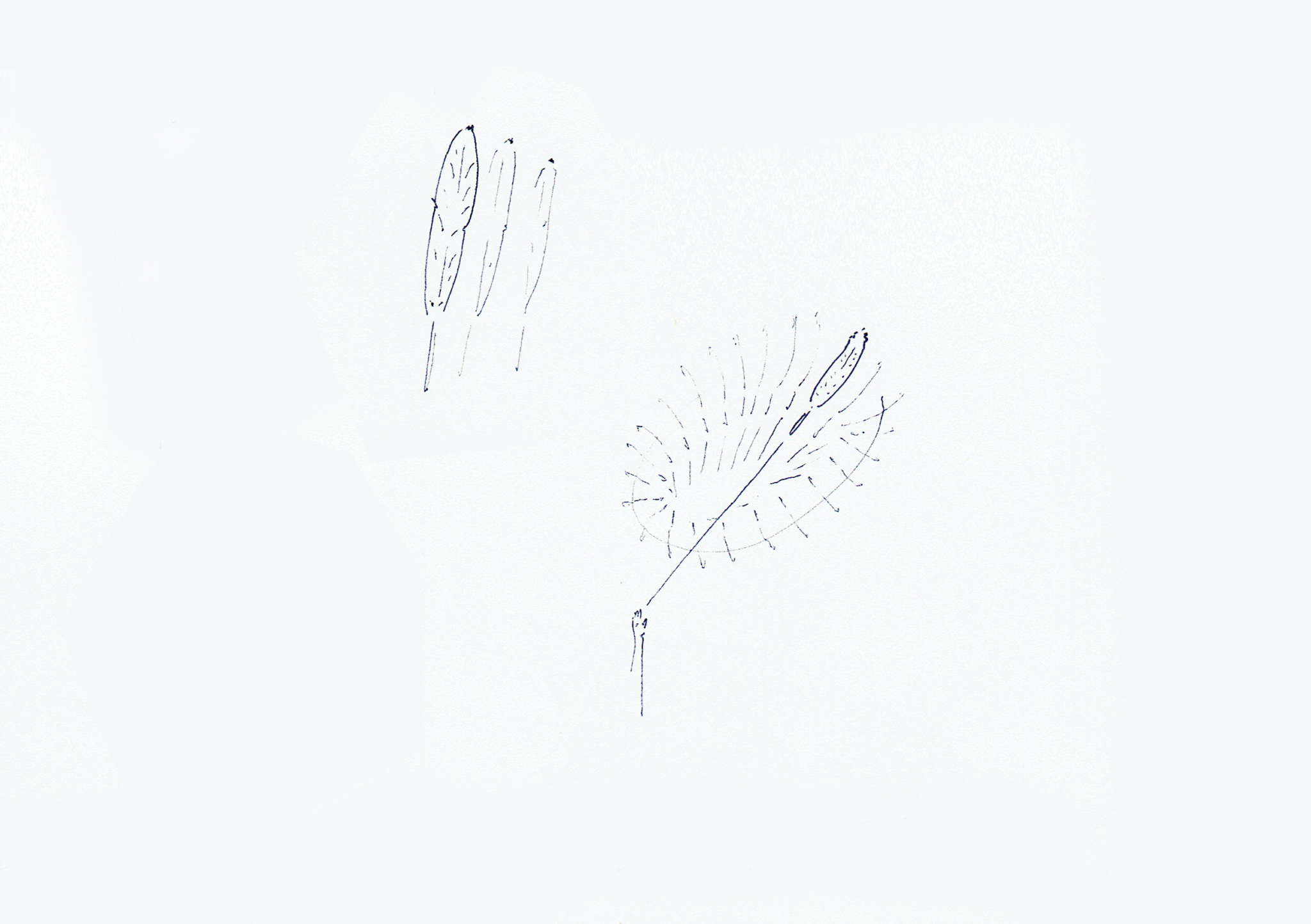
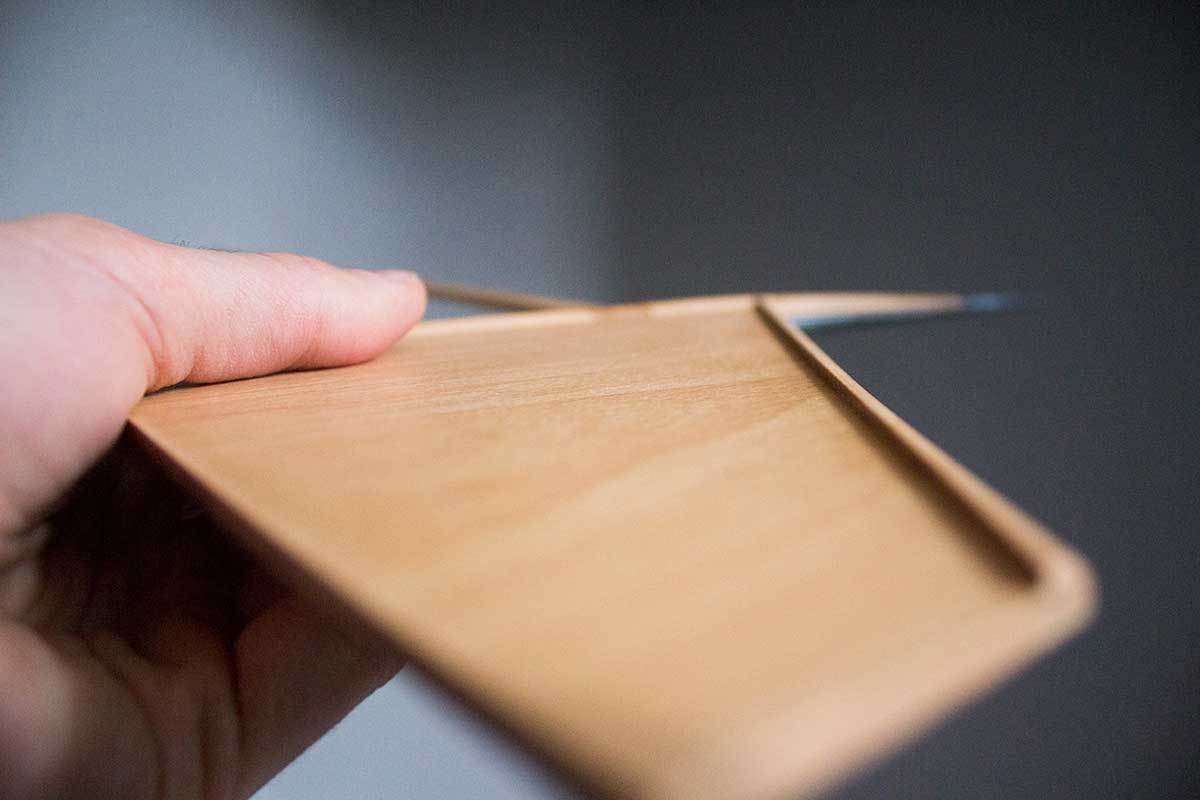
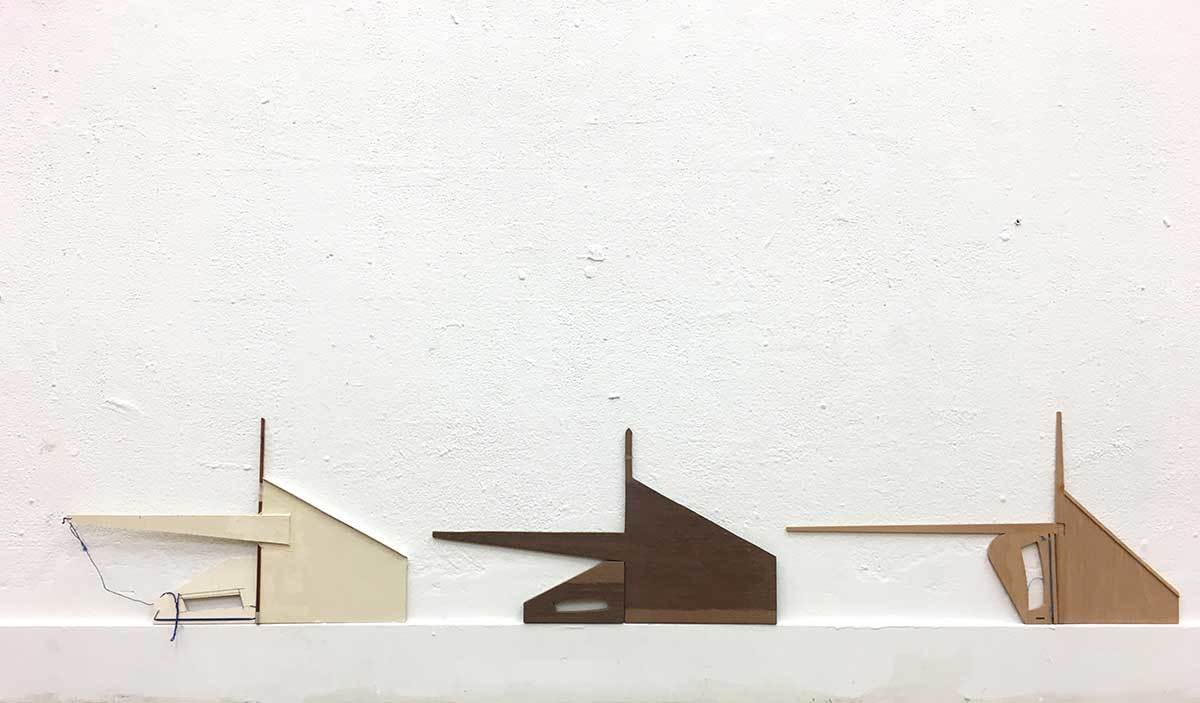
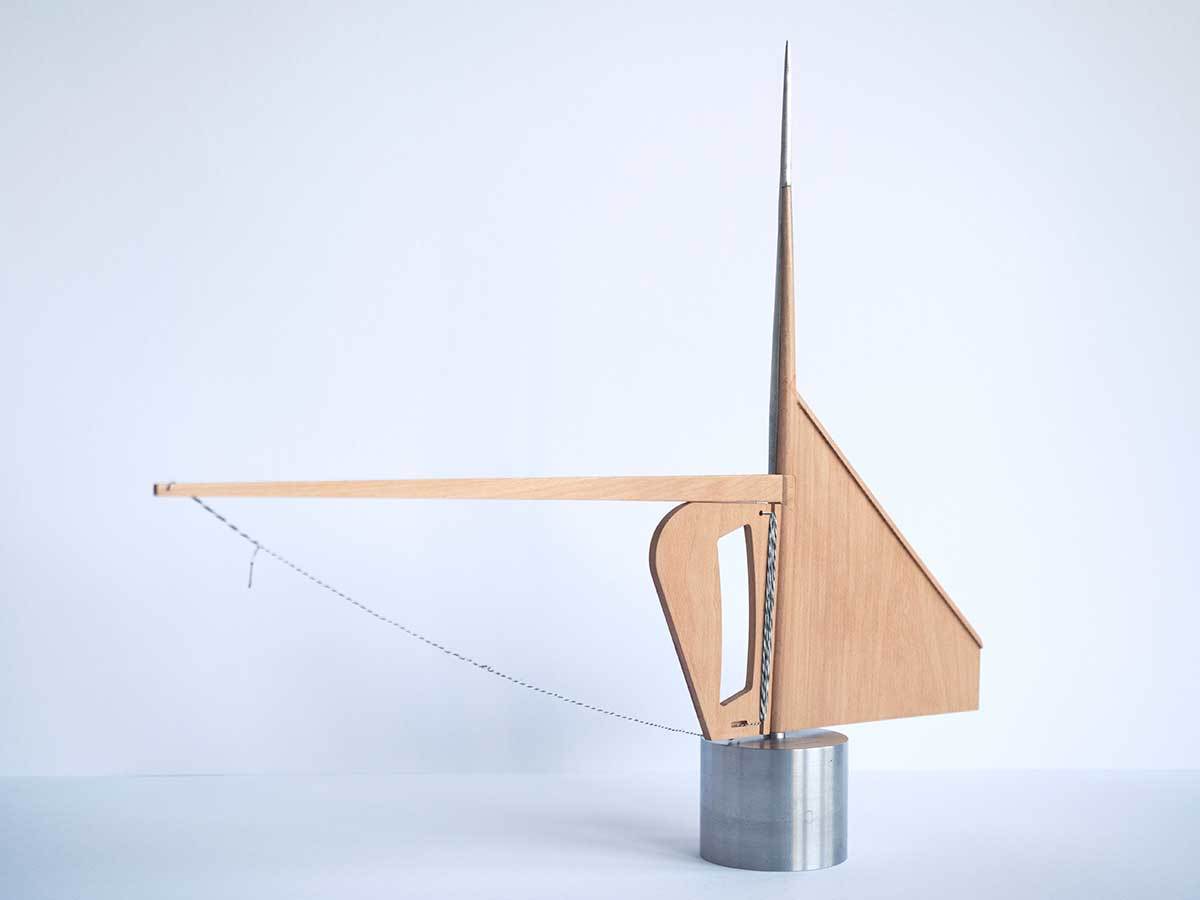
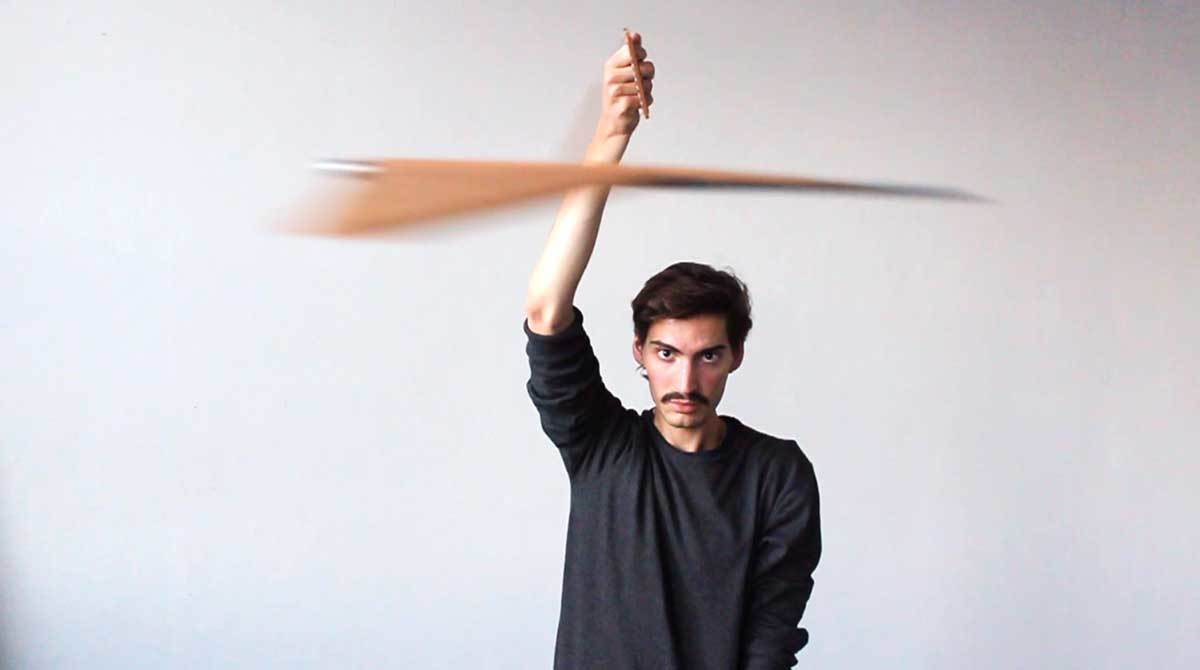
Queering is the way one vibrates to someone or something else. It’s a sensitivity towards resonances that are entangled in my attraction to other beings. As an energy form, my identity never seems fixed, it’s various and always open to transformation.
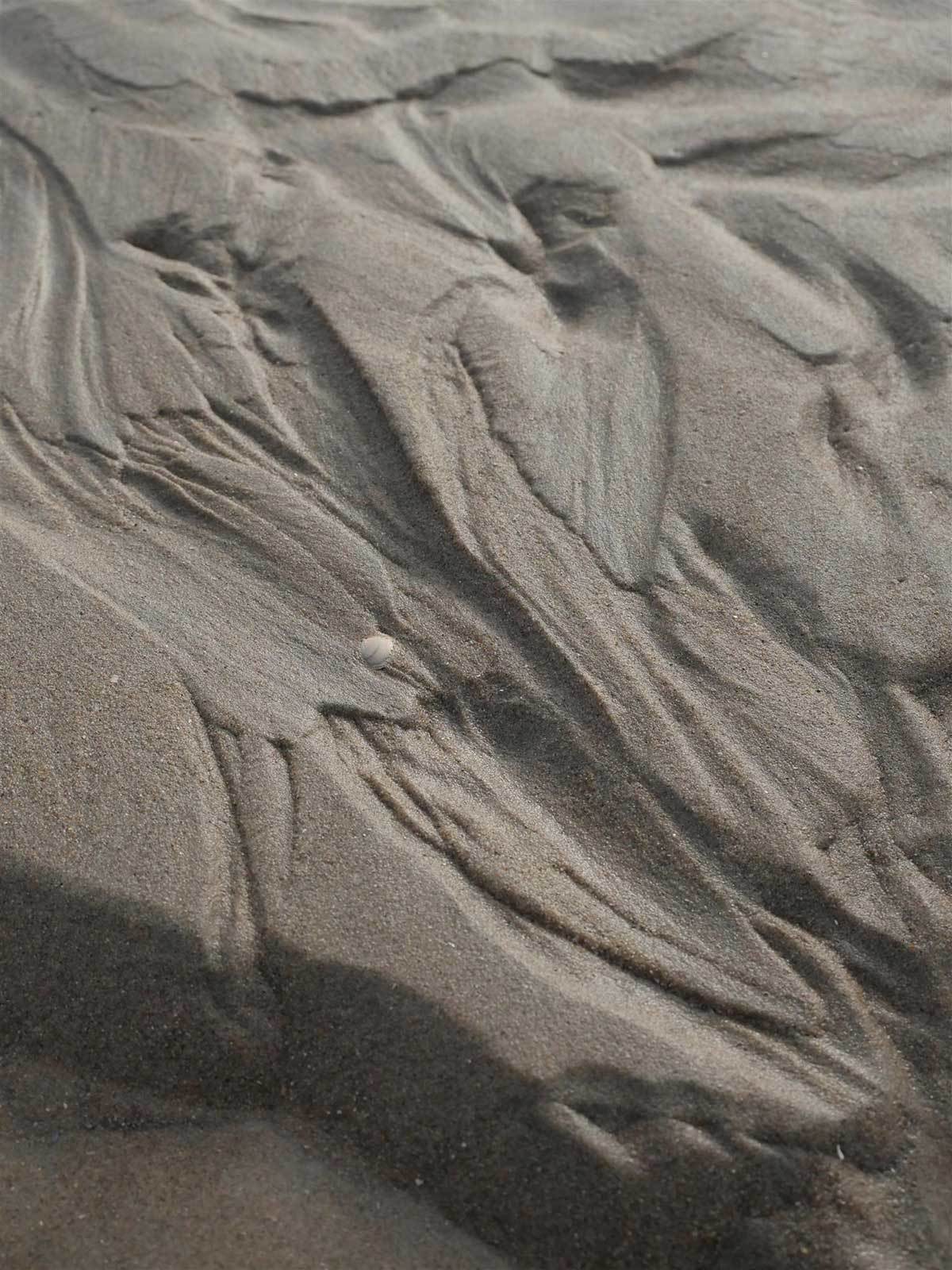
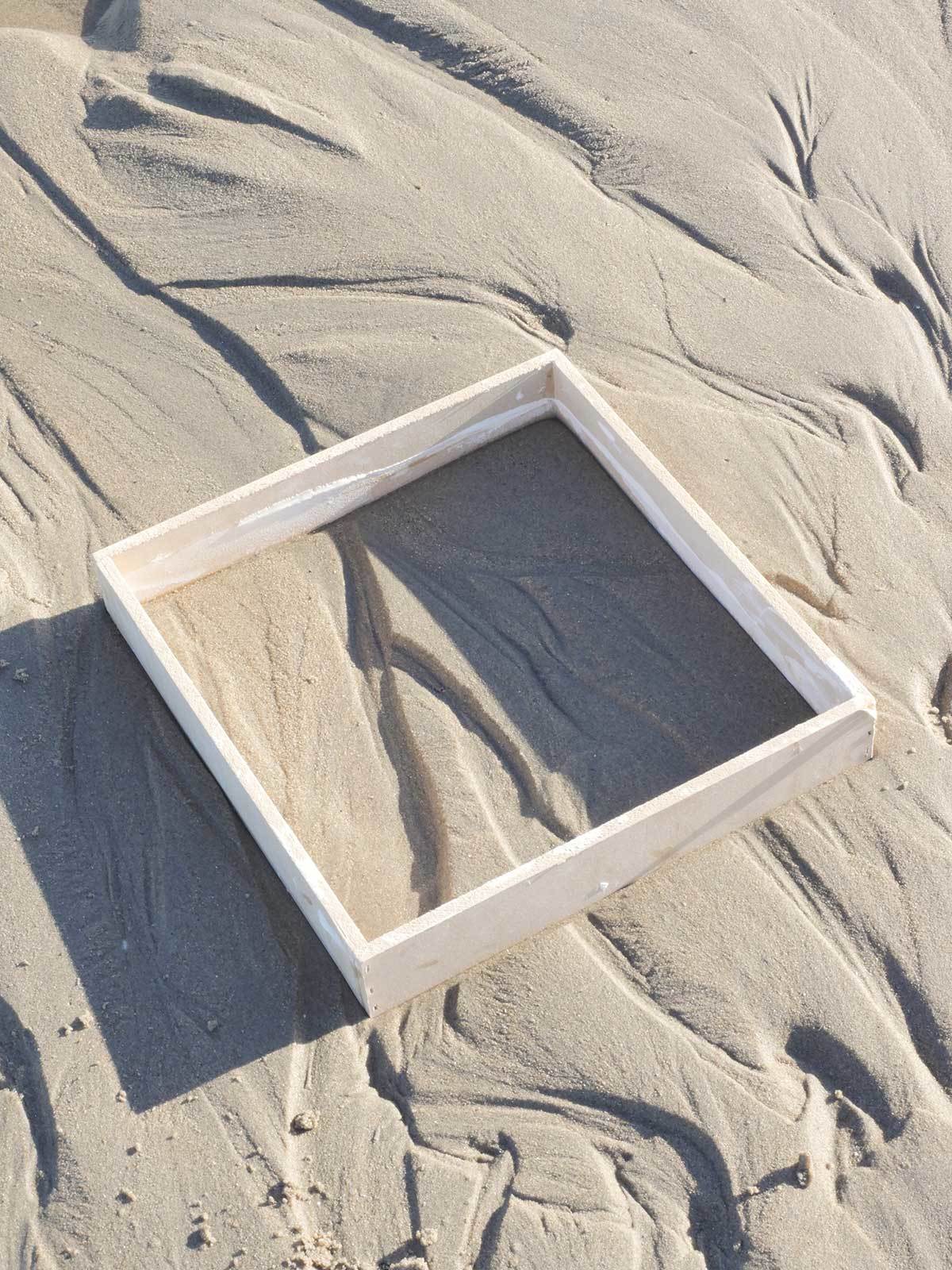
Ripples in the sand shaped by the frequency of the sea. I am affected by the radiance of these ripples. The energetic messages they emit warp into my energy field.
An award is like a record of a ripple, a moment in a continually transformative movement. I capture the ripples by using the technique of casting.
By warping the captured ripples to translate their radiance into an energy form. An object shaped out of grains of sand, to form a transparent, layered energy field in glass that captures a variety of movement.
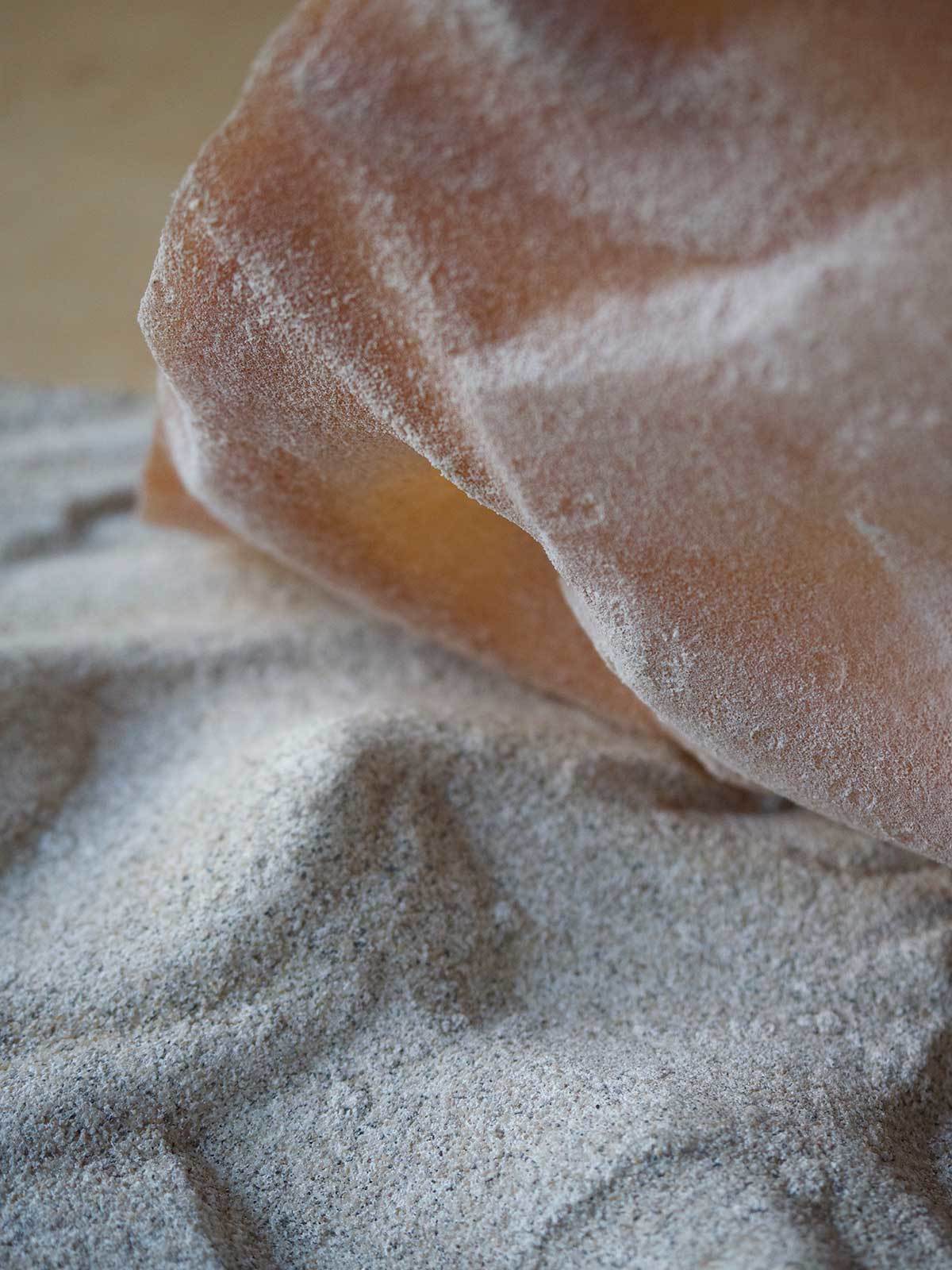
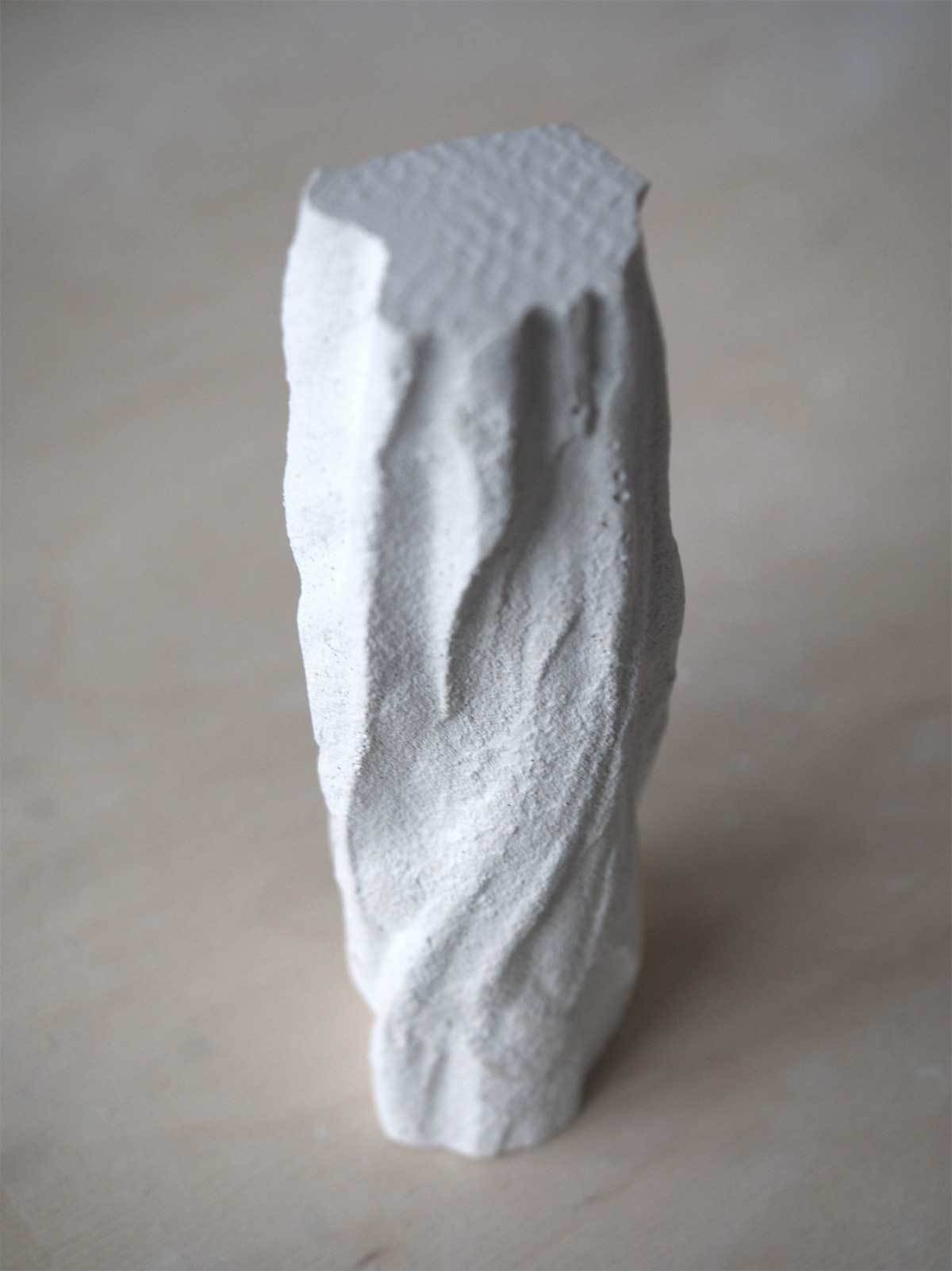
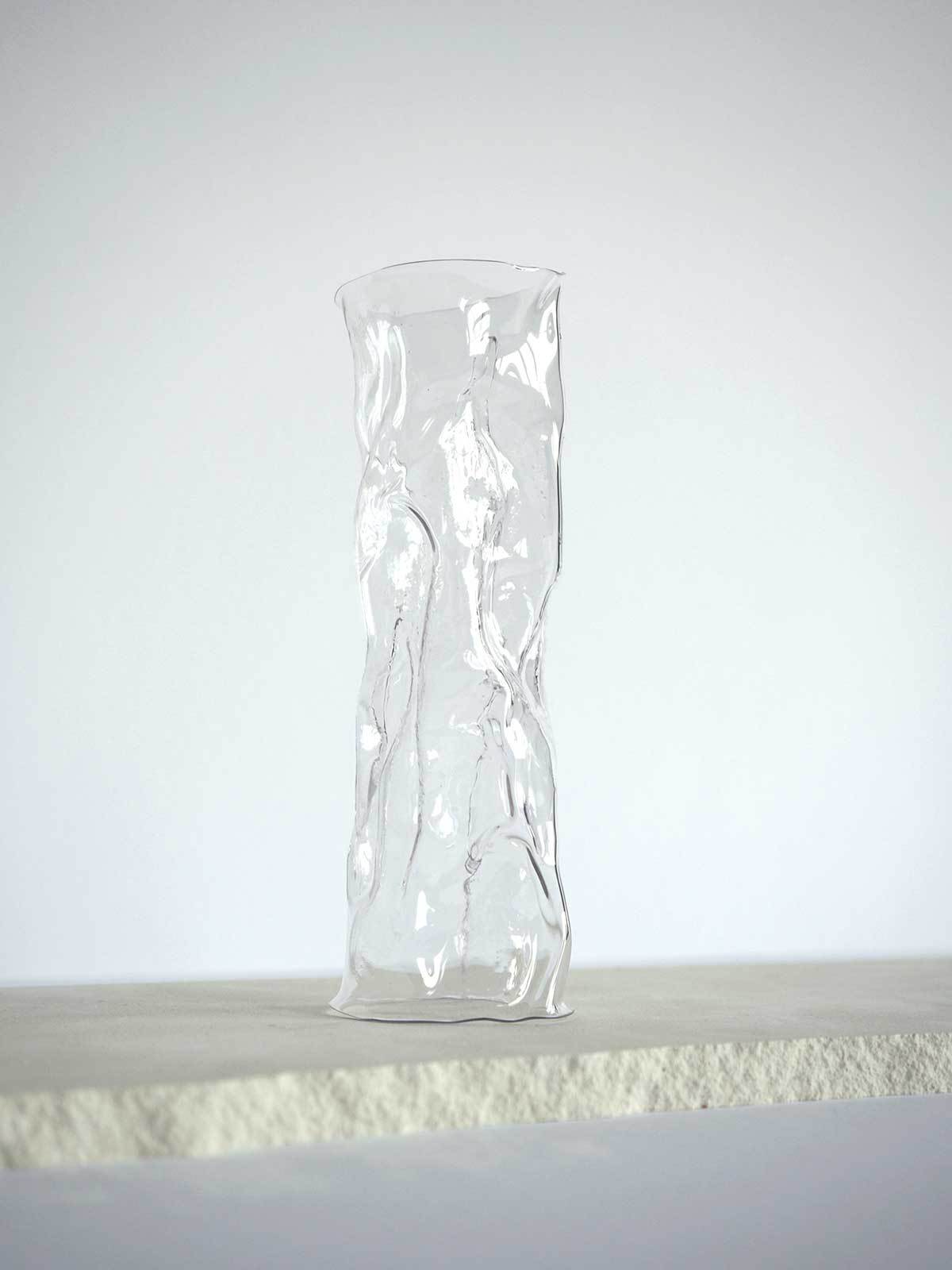
Thank you for your energy shaping ripples; an energy consciousness that holds the entangled messages of the past and present that moves on within lives to follow.
“As a child you are strongly influenced by the stories you are being told.
I remember repetitively hearing this tale where the woman is presented as a byproduct. The story of Adam and Eve.
Still now my 7 and 10 year old brothers are being taught this.
It is a story with a narrative that I see as holding gender equality back.
I am privileged to have been able to be introduced to different cultures and belief systems, understanding there is more than one narrative.
We are in a time of flux. We are in a time where we have the power to transform the future narrative.
My piece enganges with this change.
The rods symbolise the old and static story. The material of copper leaves a trace every time it is touched, signifying the impact of this motion. The overlay of individual elements embodies a constellation of new stories coming together as an interconnected movement.
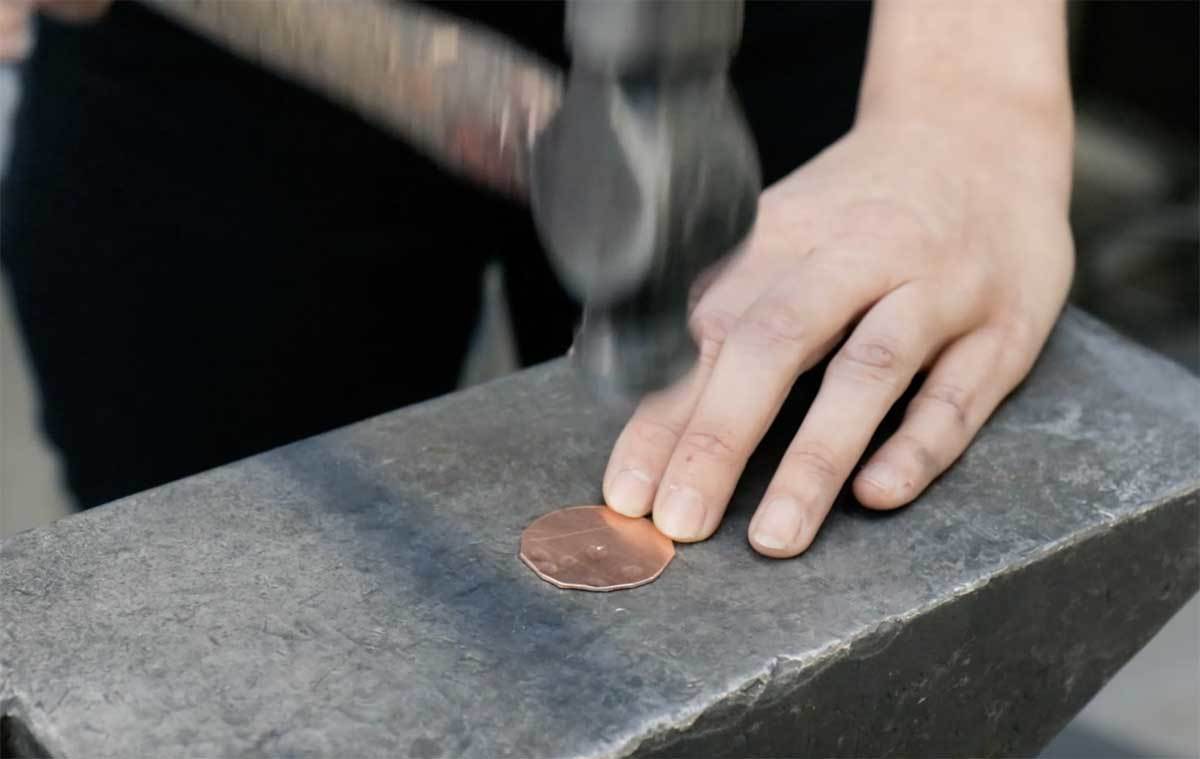
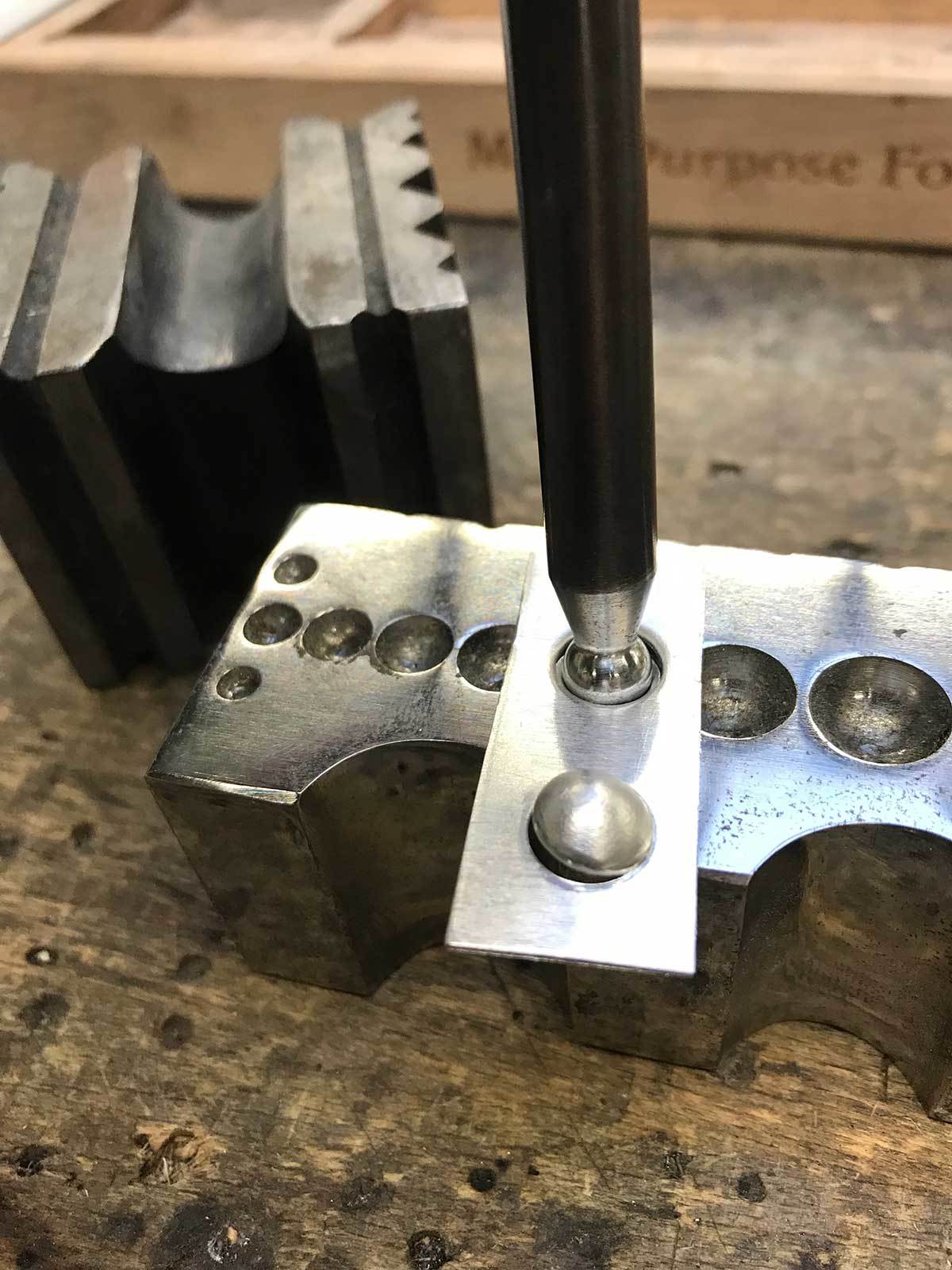
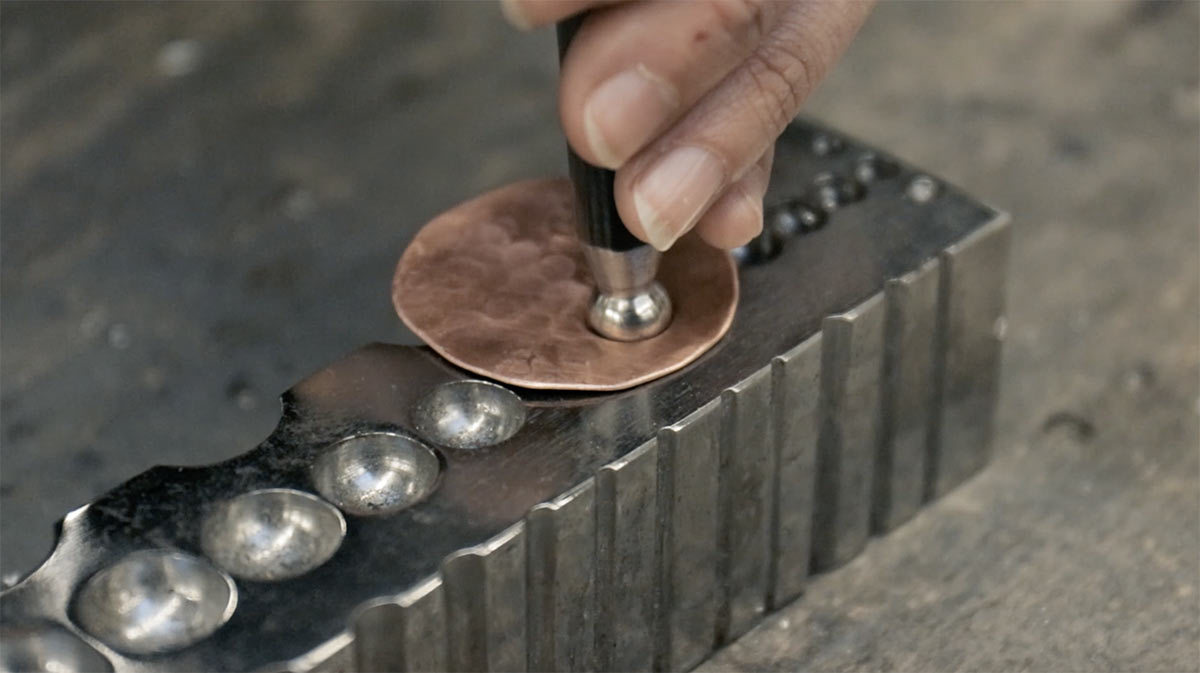
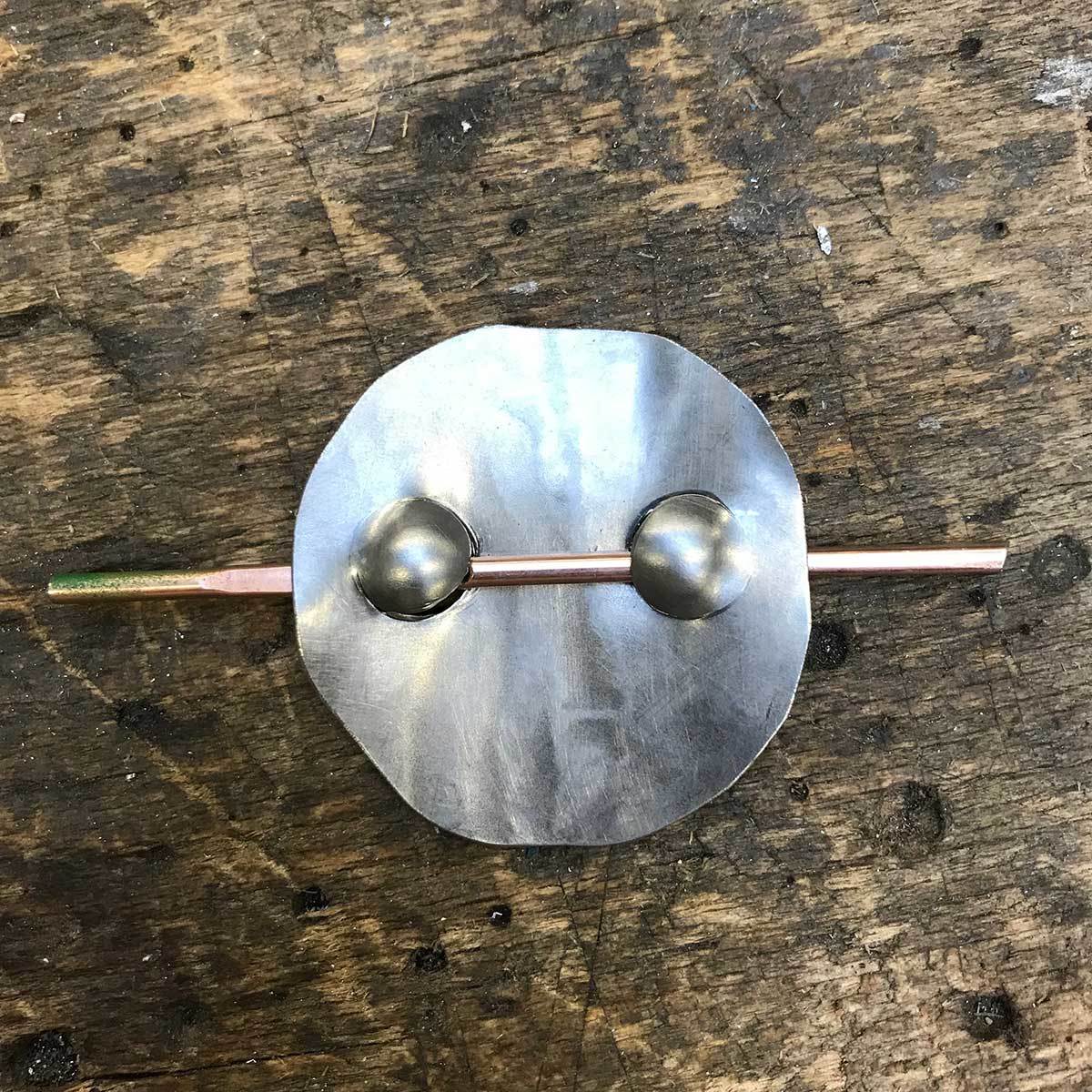
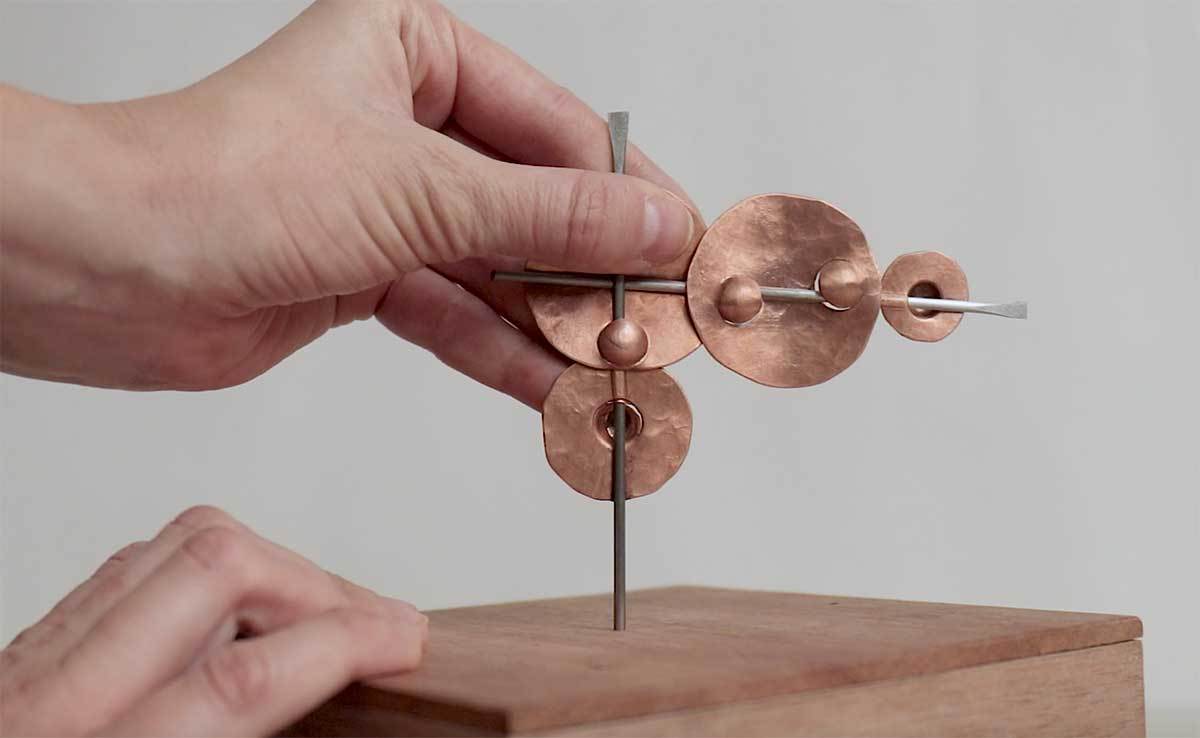
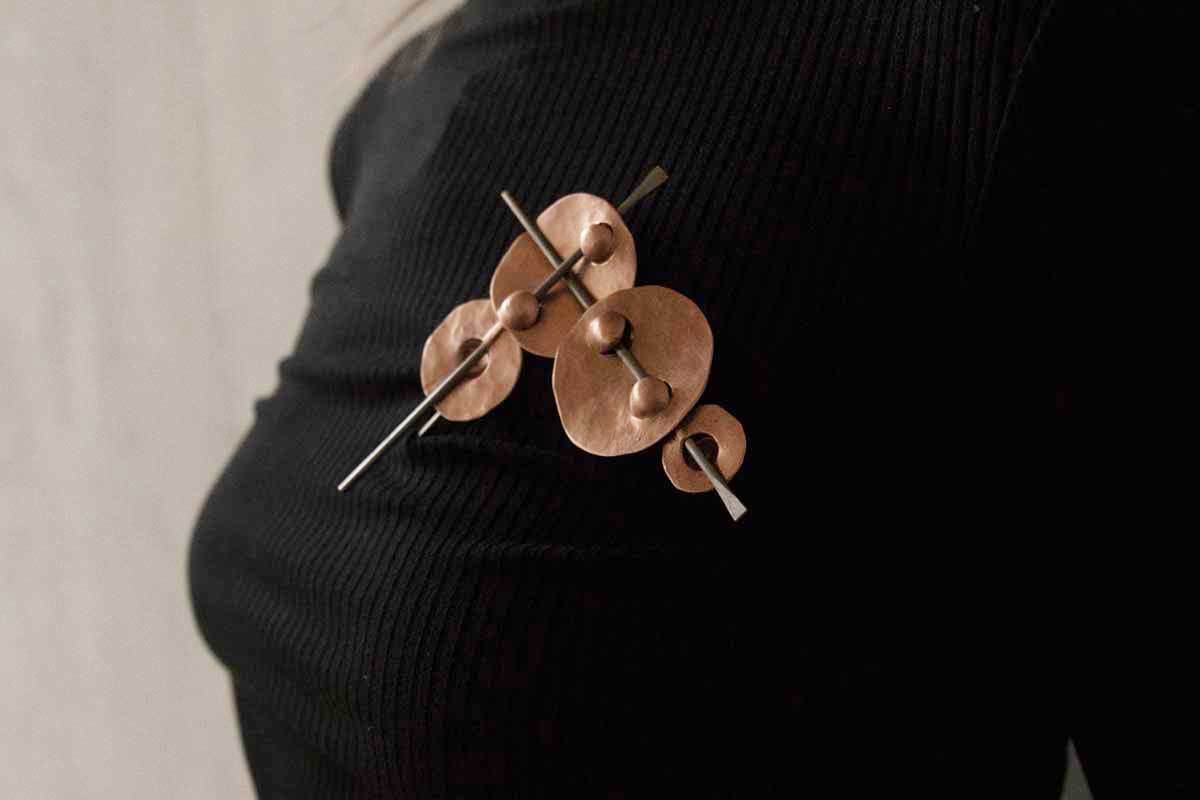
I hand this award to you dear receiver. We thank you for the new narrative you are fighting for, and the lives you have touched with this.
We thank you for being a key element within this constellation of stories, the constellation of our story.”
Dear winner;
I am a female maker,
I have the privilege to enter the workshop and express myself.
Looking back in history this is a position that was not encouraged for women.
The female imprint has often gone unnoticed and was erased by under-acknowledgment.
Cave paintings assumed as man-made are just one example.
Women were, if displayed, often shown as waiting figures with resting hands, especially notable on bronze sculptures.
Female makers in my surrounding collectively invade the static plate, leaving their imprints where so many male figures marked their accomplishments.
This award claims space and recognition for the female imprints.
They mark a time in which the female imprints are not to be denied or hidden.
By pouring this piece in bronze, I want to interrupt the cannon of the female sculpture as the
passive figure and convey value to female labour.
You as a nominee and winner are leaving a mark, for which this award is the symbol;
Your imprint is seen and valued!
The female hand should not be displayed as tied and rested anymore.
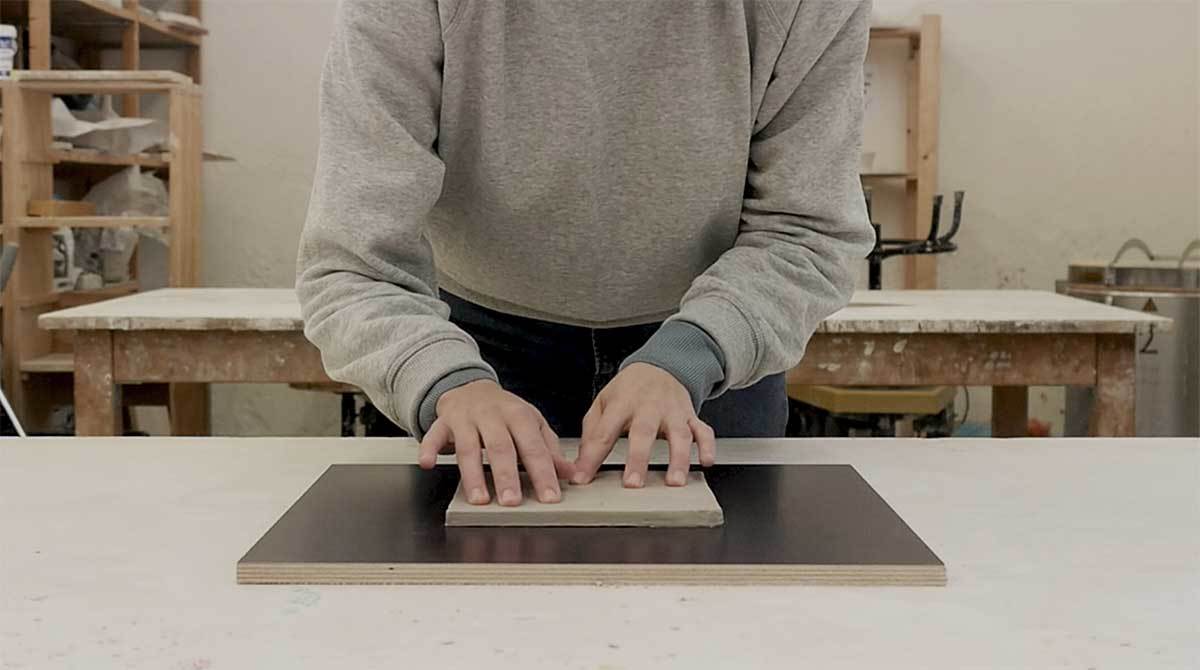
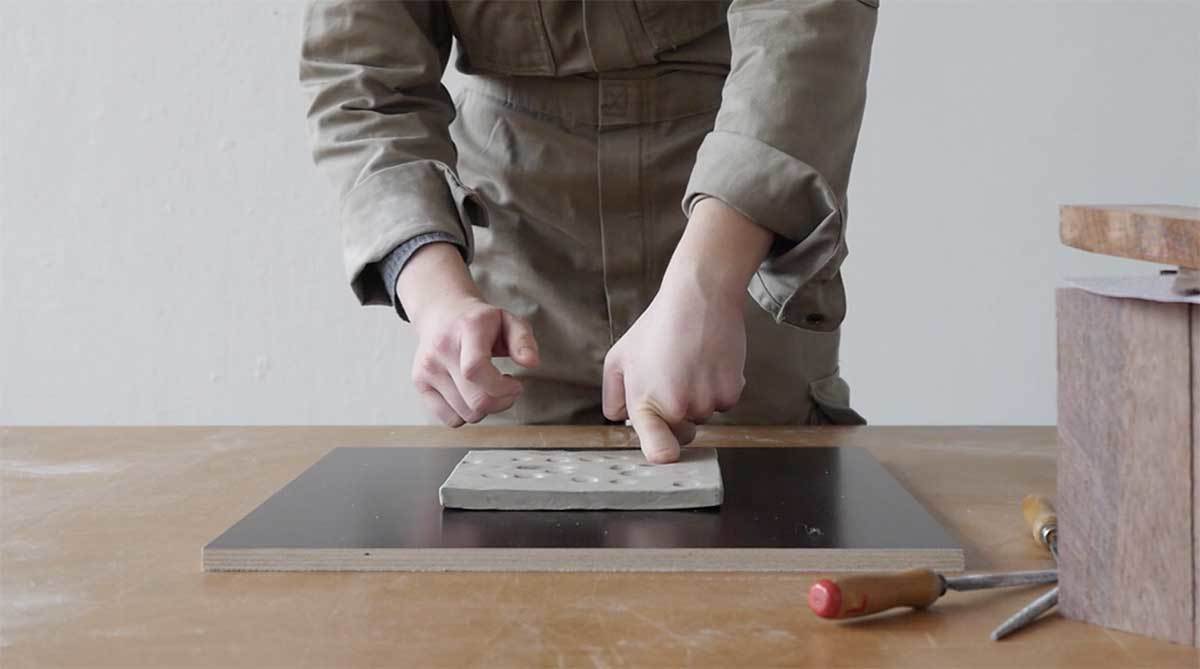
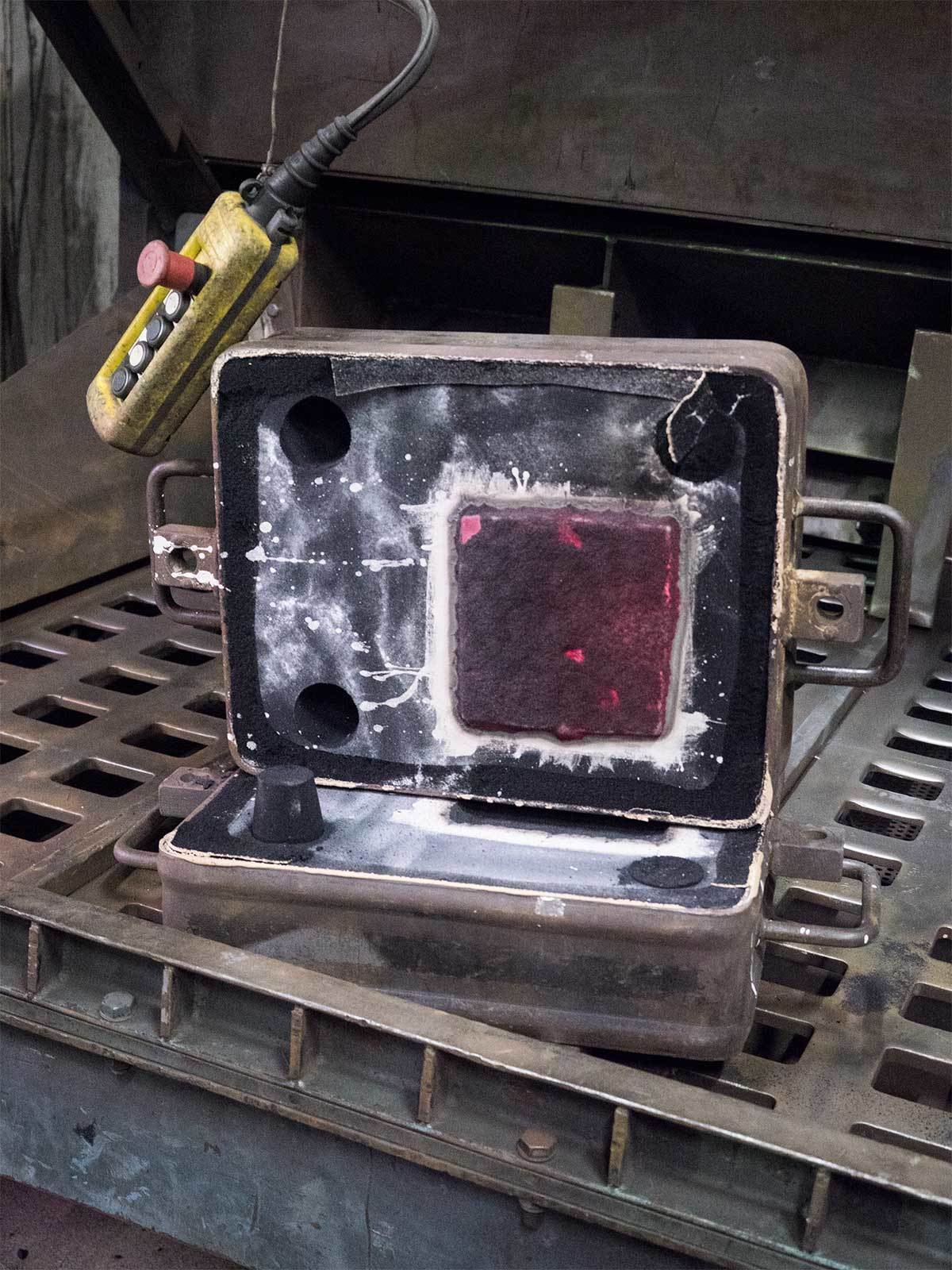
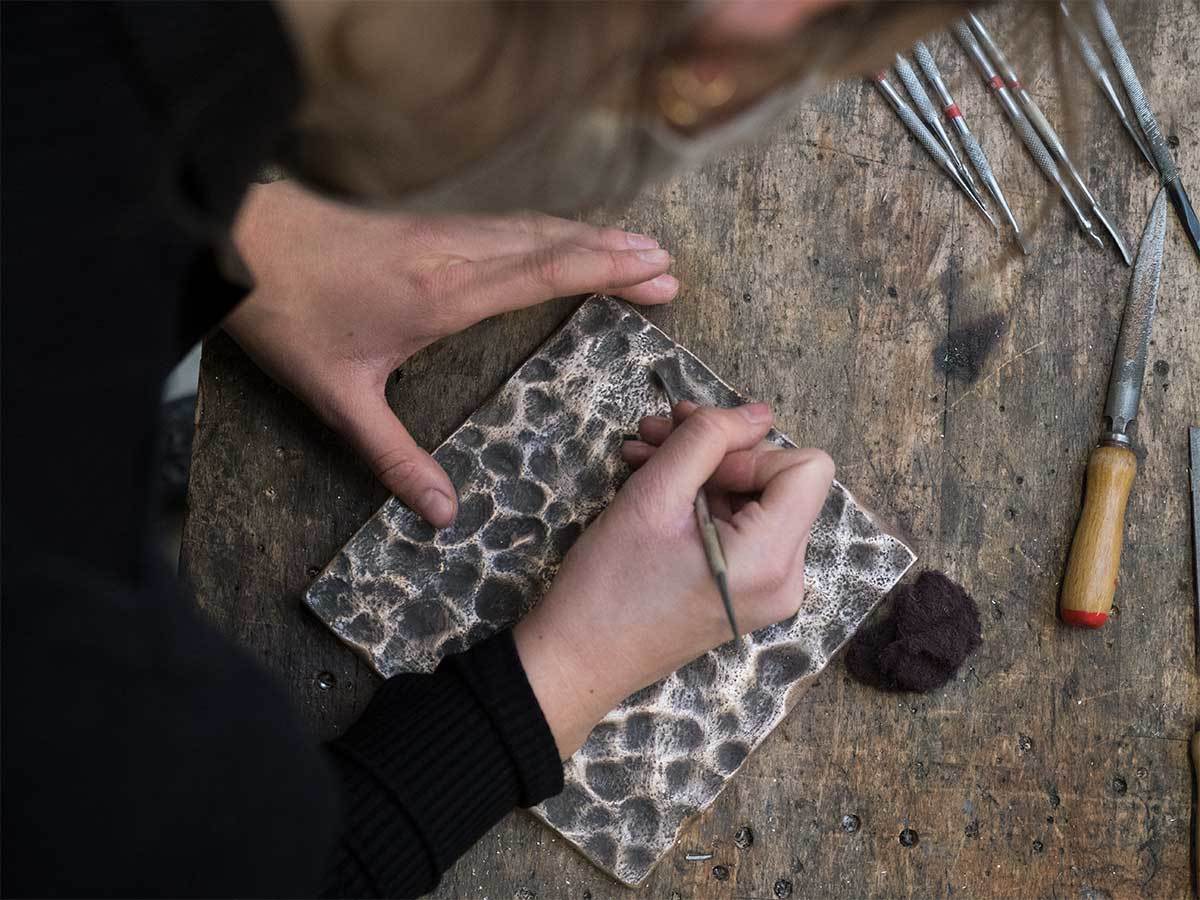
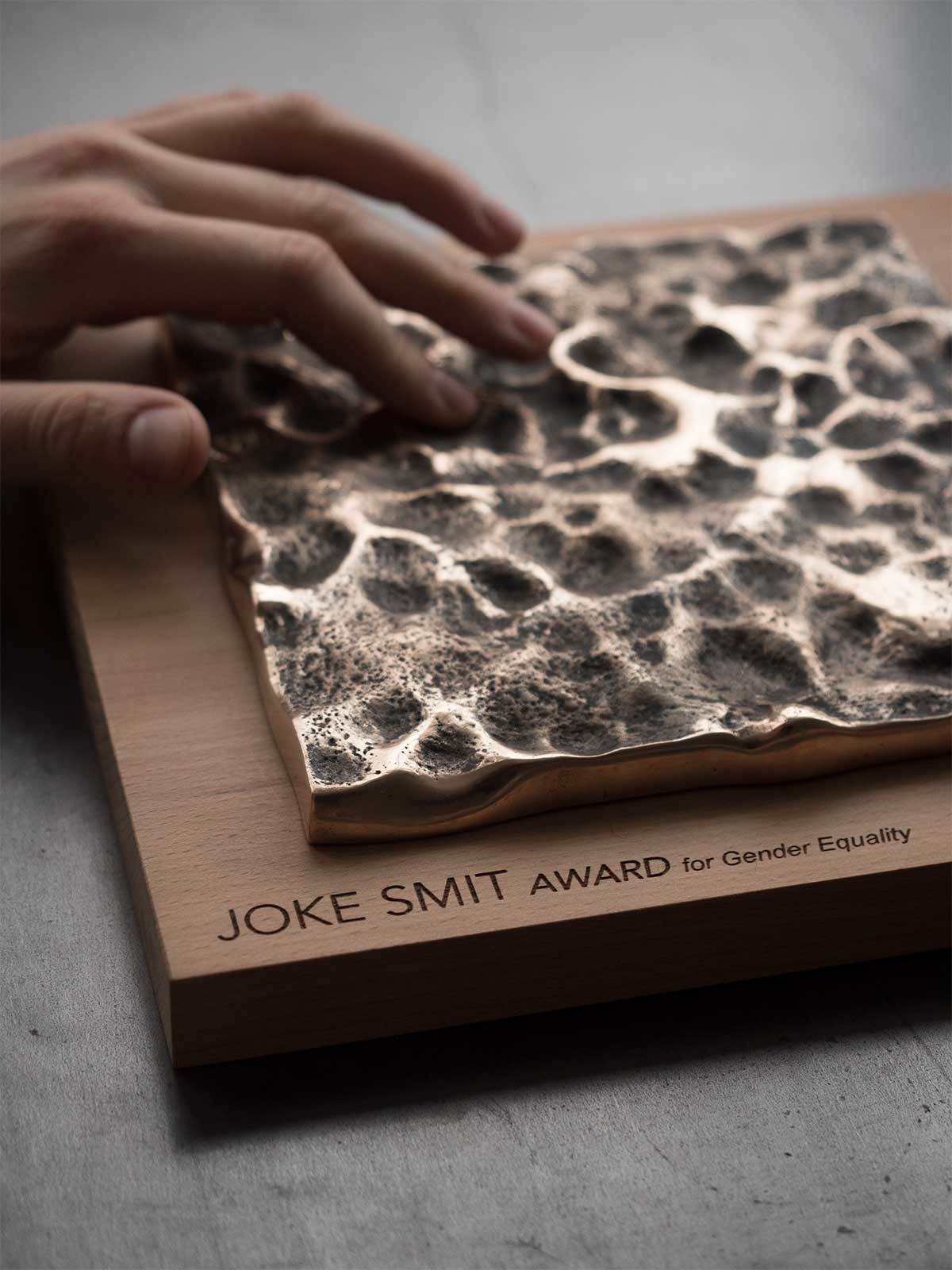
My name is Liselot Cobelens and I created a design proposal for the Joke Smit award. This design proposal was inspired by the understanding that I as A dutch woman are facilitated by the changes in rules, rights and possibilities that have been fought for in the past. There is a strong similarity with how cloth is being built-up. Without the warp there can’t be a weft. Without my predecessors there can’t be me.
I created the Embracing Fabric which is build upon layers. The voice of these predecessors is embedded into the embroidery. It celebrates one word -- “vrouw” -- which has been translated in as many different languages as I was able to find.
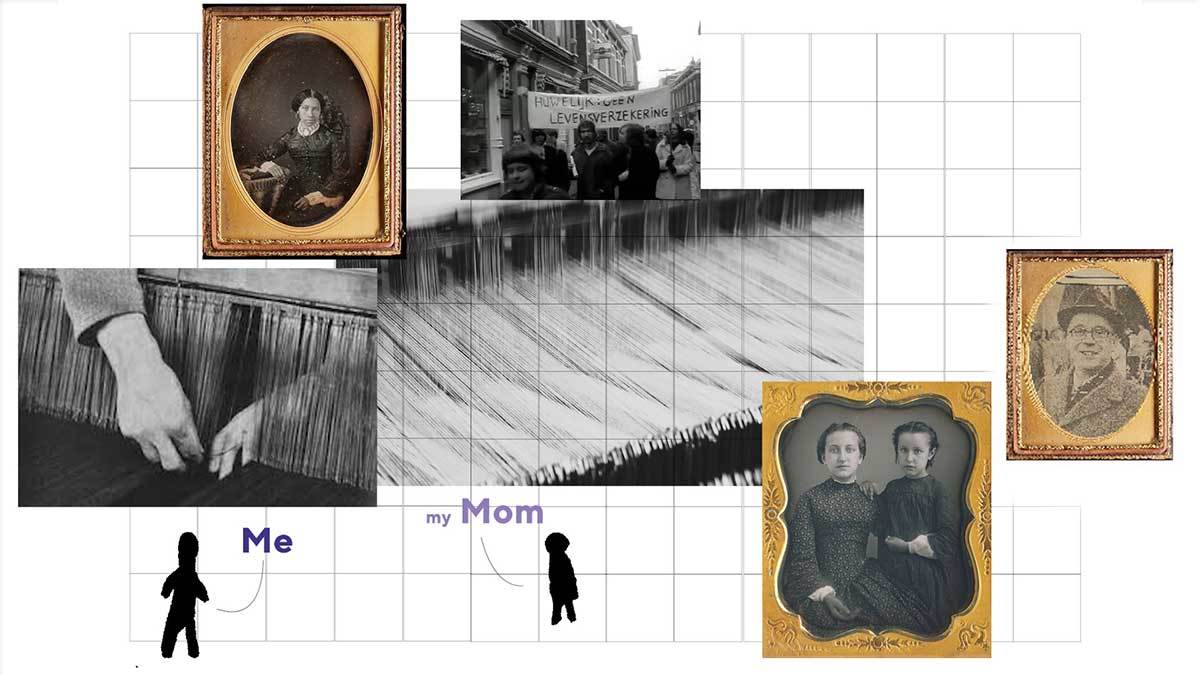
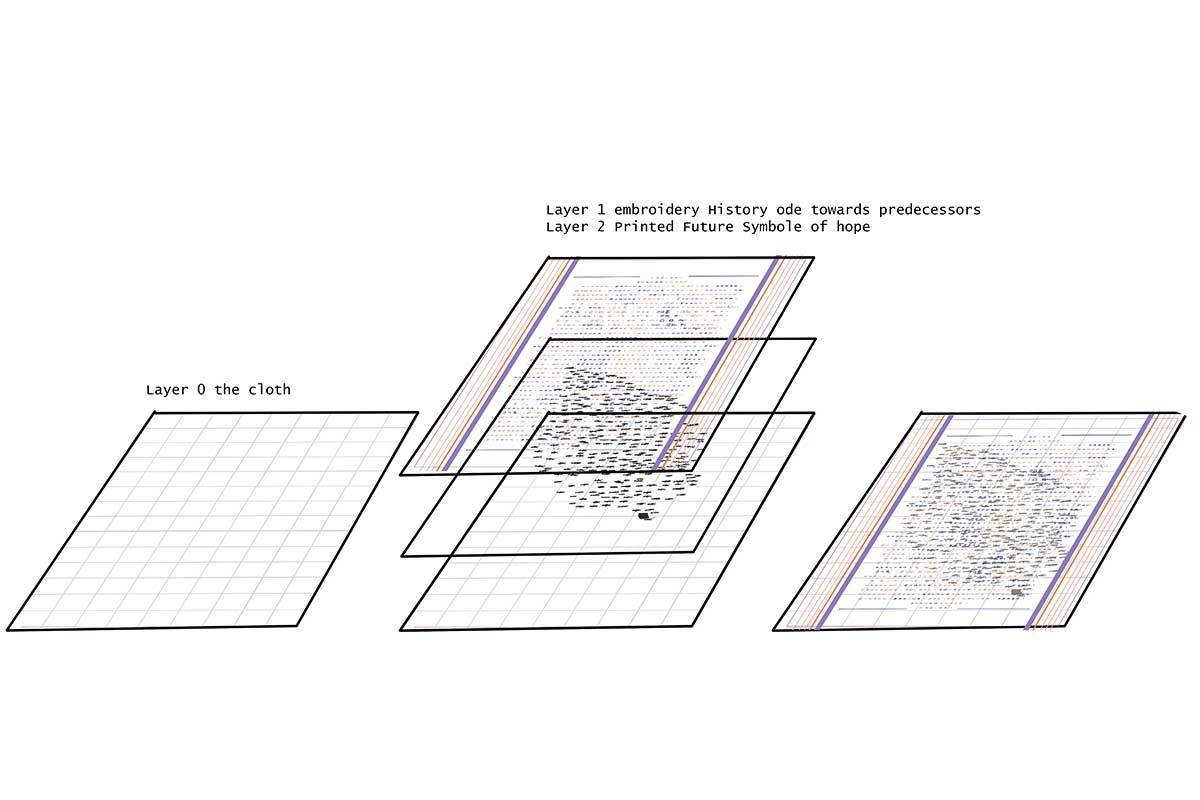
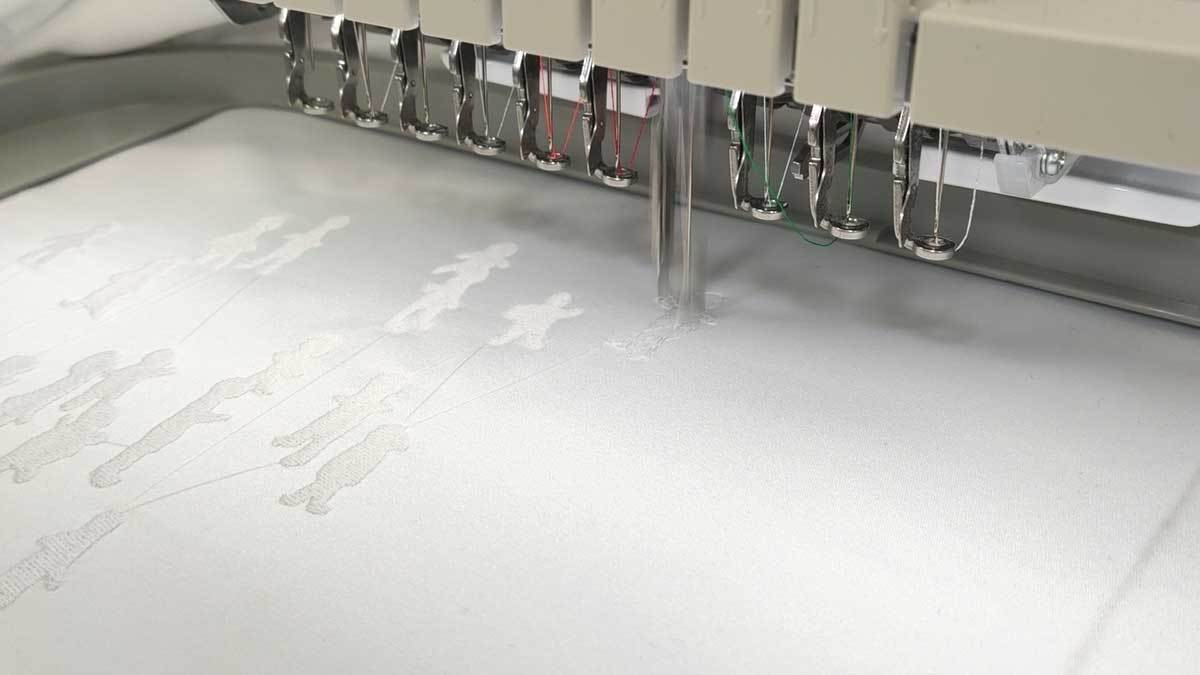
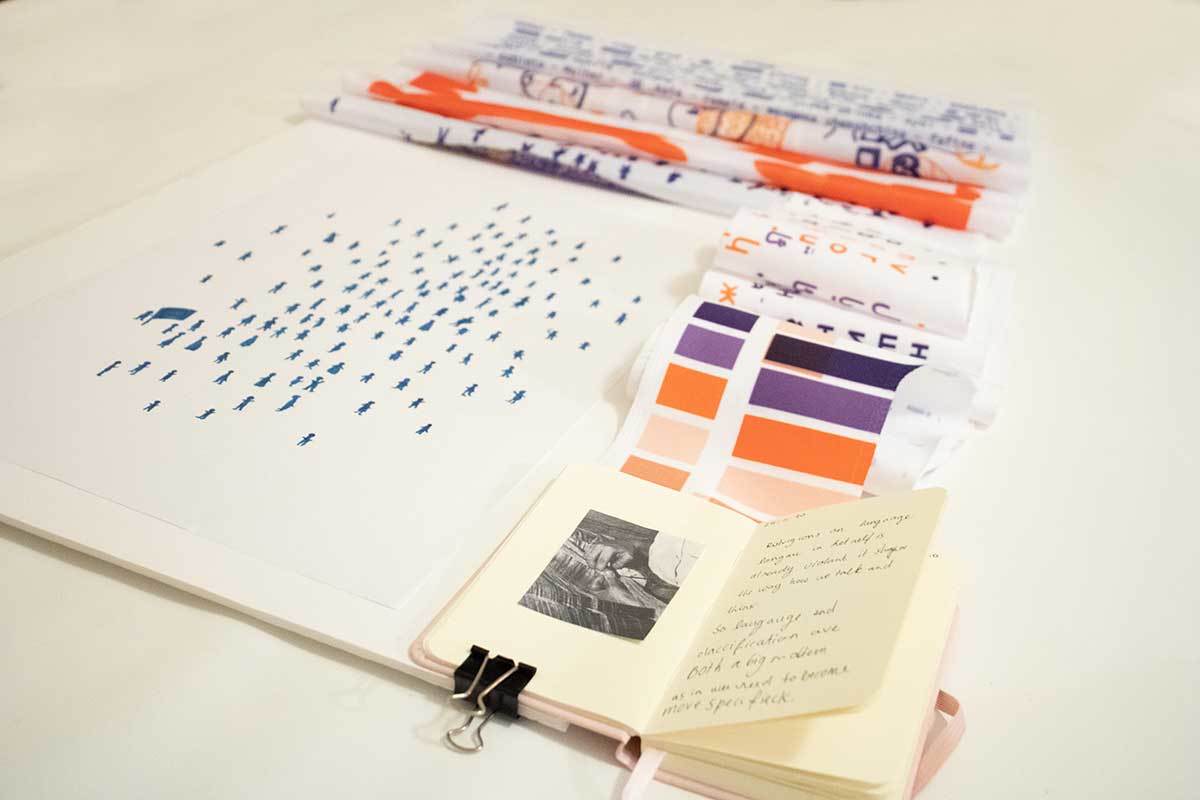
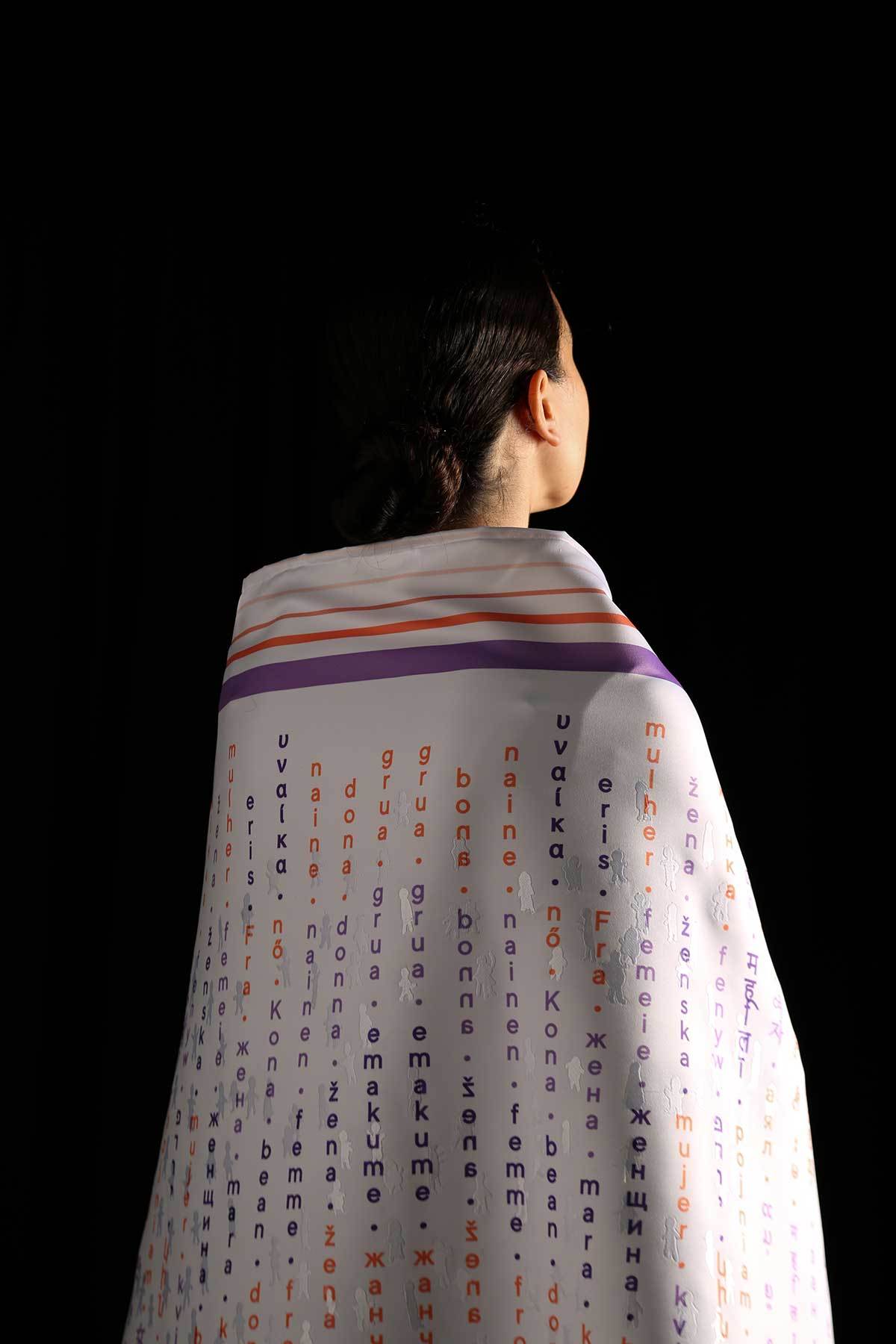
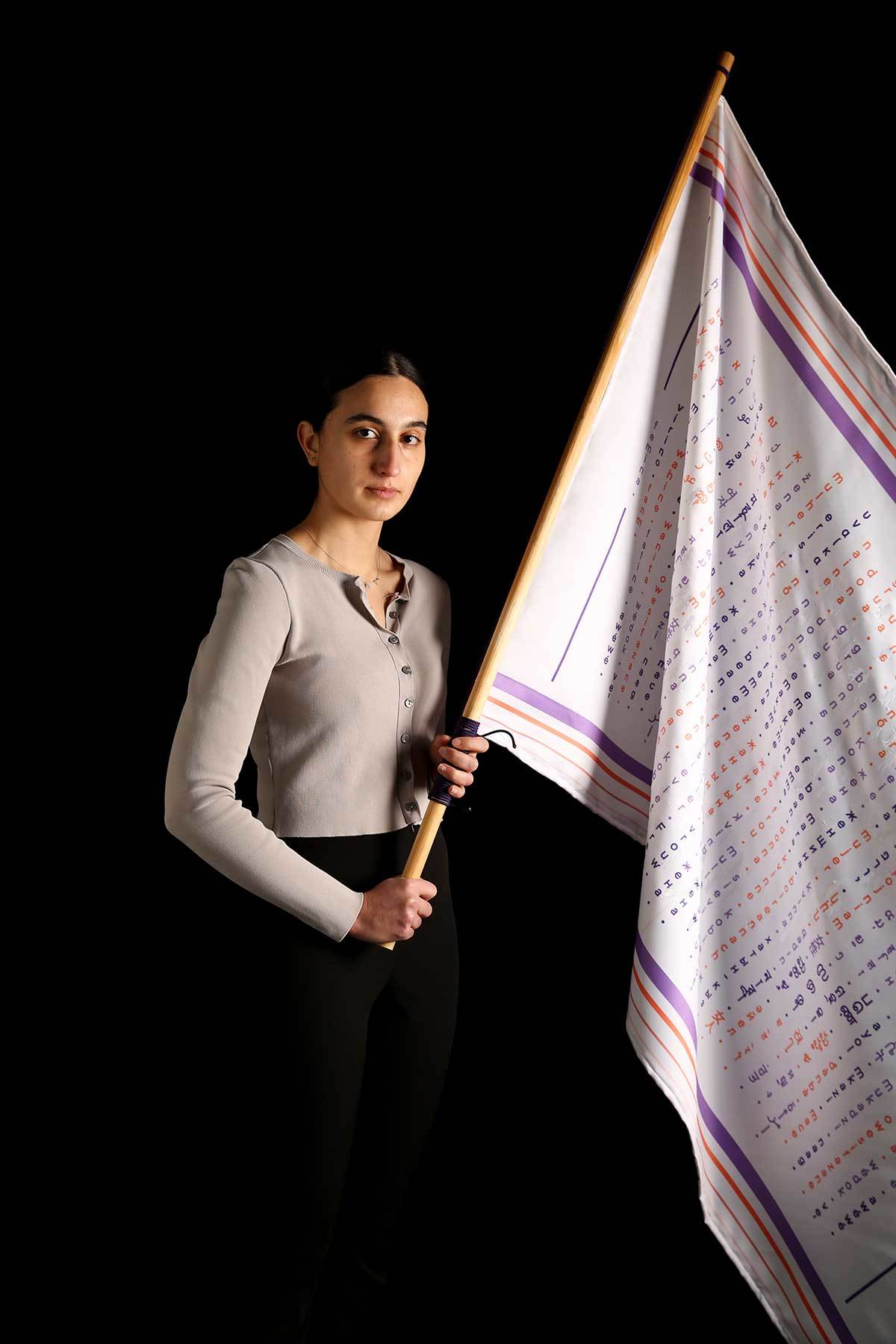
Esther van Dijk, Director Gender & LGBTI equality at OCW, has chosen two works on behalf of the minister. The design concepts of Jesse Greulich and Chiel Lubbers will be further developed in the artworks to be presented to the winners of the Jos Brink and the Joke Smit Awards respectively.
Participating students
Guglielmo Bozzoli Parasacchi
Liselot Cobelens
Jesse Greulich
Pyeo Ri Jung
Marie Komatsu
Chiel Lubbers
Kenneth Moreno Kiernan
Michal Noy
Lily Onstenk
Guidance/supervision
Carly Rose Bedford
Gabriel A. Maher
Project details
Partner
Equality Department of the Dutch Ministry of Education, Culture and Science (OCW)
Deliverables
design concepts, prototypes
Year
2020-2021